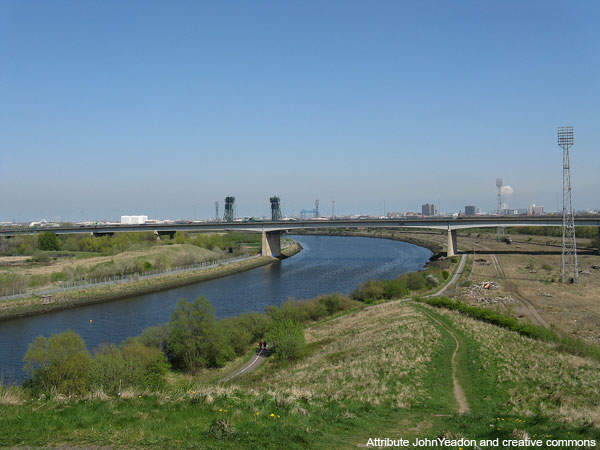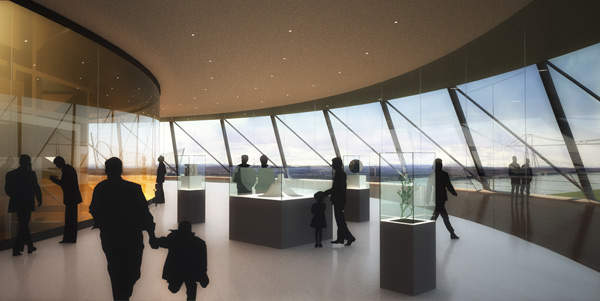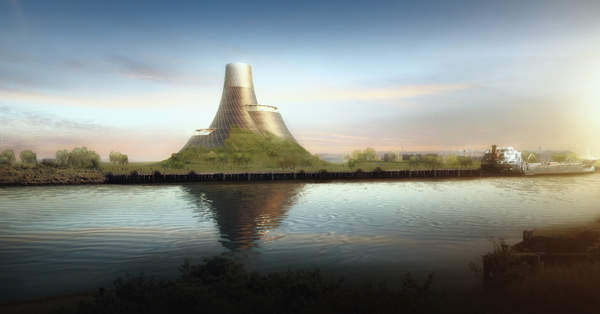BEI Teesside is a biomass power plant planned for construction close to River Tees in the UK. Designed by Heatherwick Studio architects, the green power station’s innovative design and technology will help to lower carbon emissions by 80%. The project will cost £150m.
The new facility will include offices, a visitor’s centre and an educational resource centre for renewable energy. It will take two years to complete the plant’s construction.
Biomass power plant design
The proposed power plant will be built on barren land that has no ecological value and has remained unused for half a century. The power plant requires an area of 2ha out of the total site area of 6.1ha. The remaining, unused area will be landscaped.
A typical power station includes a series of three elements in various sizes, namely a fuel store, a boiler island and a turbine room, which are simply arranged with lots of gaps between them. The elements are hidden from outside with the help of earth banks, trees and other masking devices.
Due to BEI Teesside’s planned location in a major area of regeneration, which would attract many visitors, the architects had to think of a visually appealing design.
Heatherwick wanted to design the plant’s exterior in a way that celebrates what the power station does. However, as exposing the workings of the plant would not give a good visual appeal to the building, the architects decided to make use of the landscape to impede the noise the power station will generate.
The design includes arranging the kit boxes (the three elements of the plant) next to one another, which will make them look like a singular component with sloping sides. Having sloping navigable sides provides a scope for building routes and pathways, and also eliminates the need for fuel conveyors on stilts. The landscape itself provides the platform for conveyors.
The plant’s unique design has largely reduced the building’s footprint. The clustering of the elements also provides a scope for creating elevated platforms, which can be availed as office spaces or conference facilities.
The entrance to the plant will be created on the northern edge of the building to provide access to pedestrians and vehicles. A singular vertical core will provide an entry to offices, ancillary functions and viewing platforms. The lower viewing platform will allow visitors to access the main plant elements and view the boilers and operations of the plant.
The free space that has been achieved due to the design will be used to develop offices, a visitor’s centre and a resource centre. The clamped earth on both sides will be used to hold and border these clustered knit boxes.
Biomass power plant landscaping
The 4ha of land surrounding the biomass power plant will be landscaped with natural grassland and vegetation. The building’s rise will be, however, indiscernible from the surrounding landscape.
Some of the exterior will be planted with calcareous grassland, a habitat typical of local area. This particular grassland includes weathered blast furnace slag, which is used as a substrate to provide low nutrient alkaline conditions for supporting a wide range of flora and fauna.
The areas close to the ground will also include a substrate, which will create flower-rich slopes of native provenance.
BEI Teesside power plant structure
A grid shell structure will be used for BEI Teesside. The architects wanted to create a formed landscape that can be used to surround and cover the power station, eliminating the need for a boundary between the landscape and the power station. This required arriving at a landscape geometry formed by critical masses and heights of knit pieces. A grid shell structure, being lightweight and strong, will fulfil this need. Either the structural system will be directly exposed or indirectly revealed through the nature of the cladding.






